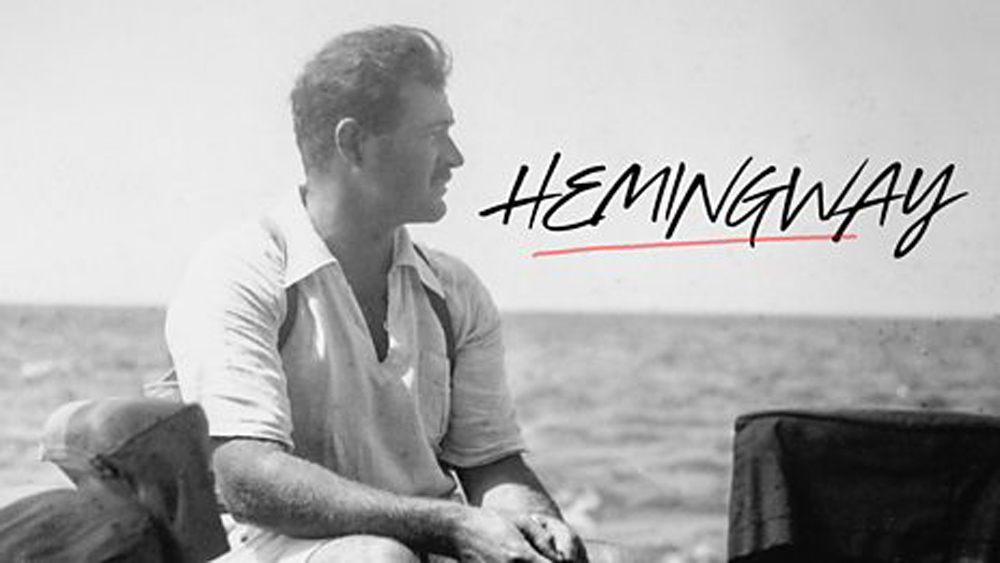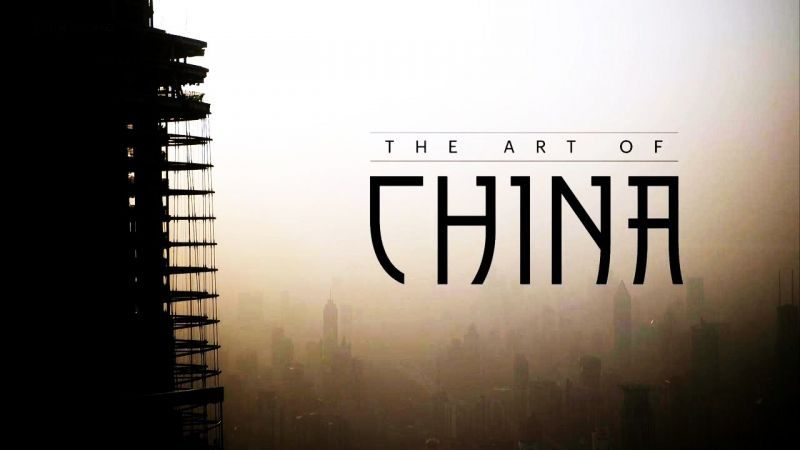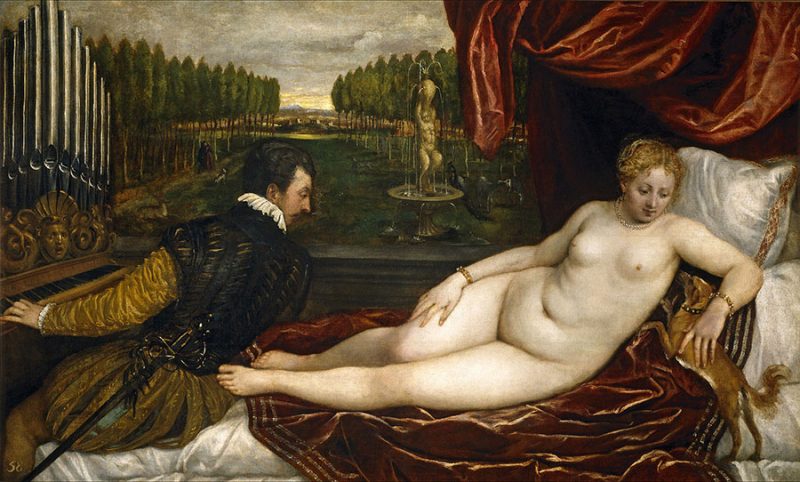Hemingway episode 4: Inspired by the fight against Fascism, Hemingway reports on the Spanish Civil War. He also begins a tempestuous romance with Martha Gellhorn.
Ernest Hemingway is considered to be one of the great American writers, with his work remaining influential around the world. This documentary series paints an intimate picture of Hemingway the writer, whilst also penetrating the myths surrounding him to reveal a deeply troubled, controversial and ultimately tragic figure.
The series combines a close study of the biographical events of the author’s life, with excerpts from his writings and the controversies in both his personal life and work. It features readings by actors including Jeff Daniels, Meryl Streep, Keri Russell and Patricia Clarkson alongside interviews with acclaimed writers and biographers including Edna O’Brien, Tobias Wolff, Abraham Verghese and Mary Dearborn.
Hemingway episode 4
Ernest Miller Hemingway was an American novelist, short-story writer, journalist, and sportsman. His economical and understated style—which he termed the iceberg theory—had a strong influence on 20th-century fiction, while his adventurous lifestyle and his public image brought him admiration from later generations. Hemingway produced most of his work between the mid-1920s and the mid-1950s, and he was awarded the 1954 Nobel Prize in Literature. He published seven novels, six short-story collections, and two nonfiction works. Three of his novels, four short-story collections, and three nonfiction works were published posthumously. Many of his works are considered classics of American literature.
Hemingway was raised in Oak Park, Illinois. After high school, he was a reporter for a few months for The Kansas City Star before leaving for the Italian Front to enlist as an ambulance driver in World War I. In 1918, he was seriously wounded and returned home. His wartime experiences formed the basis for his novel A Farewell to Arms (1929).
In 1921, Hemingway married Hadley Richardson, the first of four wives. They moved to Paris where he worked as a foreign correspondent and fell under the influence of the modernist writers and artists of the 1920s’ “Lost Generation” expatriate community. His debut novel The Sun Also Rises was published in 1926. He divorced Richardson in 1927. He married Pauline Pfeiffer. They divorced after he returned from the Spanish Civil War (1936–1939), which he covered as a journalist and which was the basis for his novel For Whom the Bell Tolls (1940). Martha Gellhorn became his third wife in 1940. He and Gellhorn separated after he met Mary Welsh in London during World War II. Hemingway was present with Allied troops as a journalist at the Normandy landings and the liberation of Paris.
Spanish Civil War
The Spanish Civil War was a civil war in Spain fought from 1936 to 1939. Republicans loyal to the left-leaning Popular Front government of the Second Spanish Republic, in alliance with anarchists, of the communist and syndicalist variety, fought against an insurrection by the Nationalists, an alliance of Falangists, monarchists, conservatives and traditionalists, led by a military group among whom General Francisco Franco soon achieved a preponderant role.
Due to the international political climate at the time, the war had many facets and was variously viewed as class struggle, a religious struggle, a struggle between dictatorship and republican democracy, between revolution and counterrevolution, and between fascism and communism. According to Claude Bowers, U.S. ambassador to Spain during the war, it was the “dress rehearsal” for World War II. The Nationalists won the war, which ended in early 1939, and ruled Spain until Franco’s death in November 1975.
The war began after a pronunciamiento (a declaration of military opposition, of revolt) against the Republican government by a group of generals of the Spanish Republican Armed Forces, with General Emilio Mola as the primary planner and leader and having General José Sanjurjo as a figurehead. The government at the time was a coalition of Republicans, supported in the Cortes by communist and socialist parties, under the leadership of centre-left President Manuel Azaña.
The Nationalist group was supported by a number of conservative groups, including CEDA, monarchists, including both the opposing Alfonsists and the religious conservative Carlists, and the Falange Española de las JONS, a fascist political party. After the deaths of Sanjurjo, Emilio Mola and Manuel Goded Llopis, Franco emerged as the remaining leader of the Nationalist side.
Martha Gellhorn – Hemingway episode 4
Gellhorn met Ernest Hemingway during a 1936 Christmas family trip to Key West, Florida. Gellhorn had been hired to report for Collier’s Weekly on the Spanish Civil War, and the pair decided to travel to Spain together. They celebrated Christmas of 1937 in Barcelona. In Germany, she reported on the rise of Adolf Hitler and in the spring of 1938, months before the Munich Agreement, she was in Czechoslovakia. After the outbreak of World War II, she described these events in the novel A Stricken Field (1940).
She later reported the war from Finland, Hong Kong, Burma, Singapore, and England. Lacking official press credentials to witness the Normandy landings, she hid in a hospital ship bathroom, and upon landing impersonated a stretcher bearer; she later recalled, “I followed the war wherever I could reach it.” She was the only woman to land at Normandy on D-Day on June 6, 1944. She was also among the first journalists to report from Dachau concentration camp after it was liberated by US troops on April 29, 1945.




